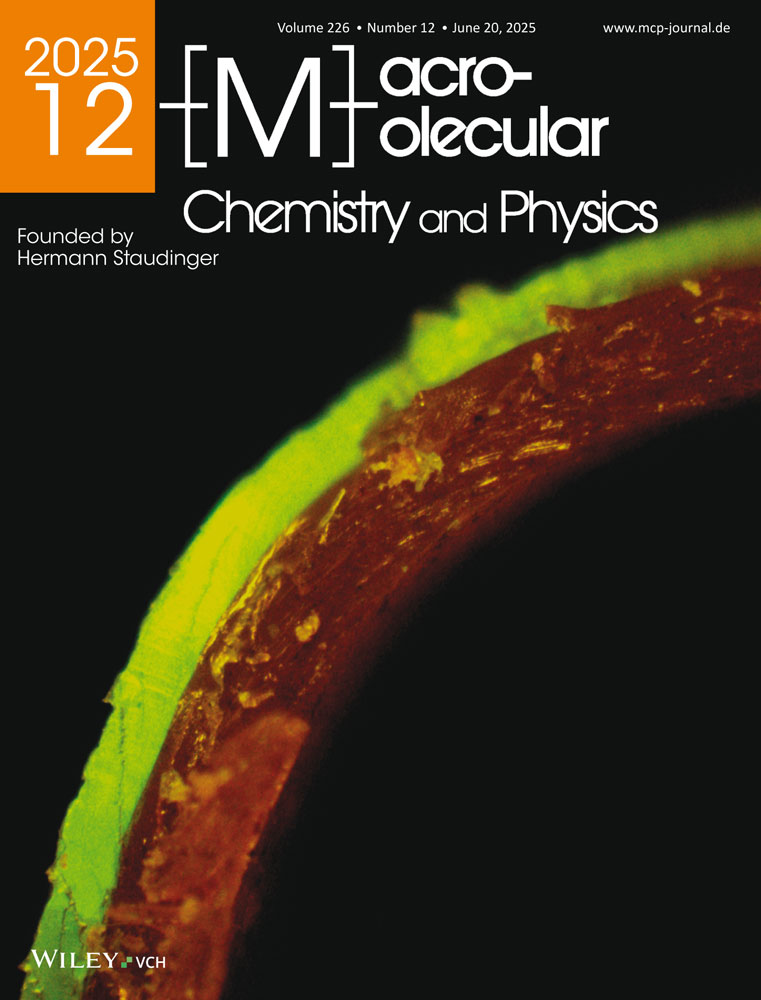Synergistic Double-Layer Mechanochromic Polymers for Enhanced Strain Sensing and Emission Control
Abstract
The development of mechanochromic polymers offers transformative potential for applications requiring real-time stress sensing and emission control. This study presents a novel double-layer polymer system that synergistically combines a high-quantum-yield fluorophore-based emissive layer and a perylene bisimide-derived optical filter layer to achieve exceptional mechanochromic performance. The emissive layer utilizes pyrene-functionalized polyolefins to produce a strain-induced fluorescence shift, while the optical filter modulates emission intensity through absorption and dilution effects upon deformation. Comprehensive optical and mechanical characterization reveals that the combination of poly(styrene-b-(ethylene-co-butylene)-b-styrene) (SEBS)-based filters with poly(ethylene-co-octene) functionalized with 1-Pyrenemethylamine (POE-g-AMP) emissive layers delivers the most pronounced strain-dependent fluorescence enhancement, achieving a 120% increase in emission intensity at 250% elongation. This work overcomes traditional limitations in mechanophore adoption by utilizing cost-effective materials and scalable processing techniques. The proposed system demonstrates sensitivity and versatility, paving the way for innovative applications in structural health monitoring, wearable sensors, and dynamic design materials.
Conflict of Interest
The authors declare no conflict of interest.
Open Research
Data Availability Statement
The data that support the findings of this study are available from the corresponding author upon reasonable request.




